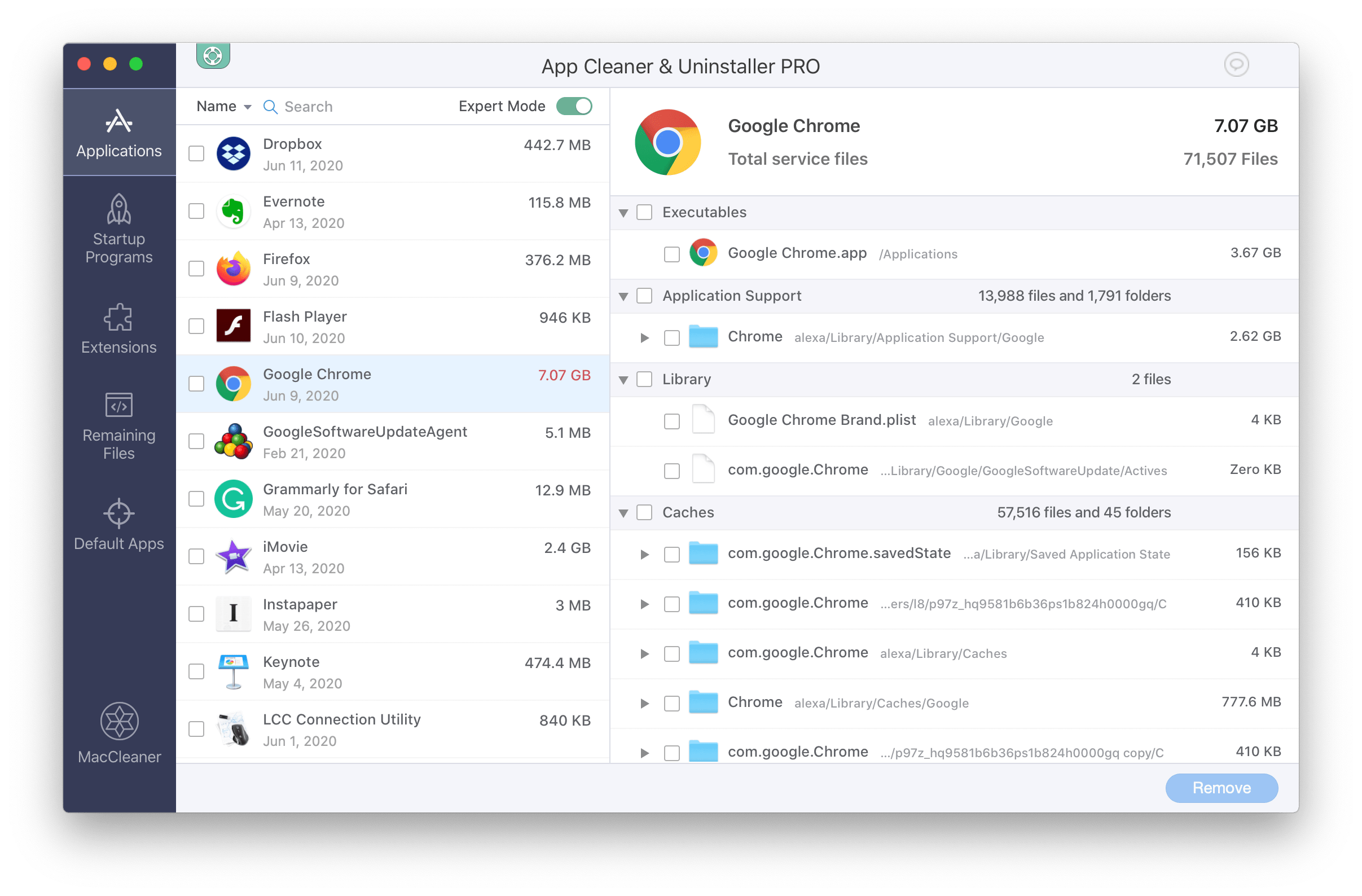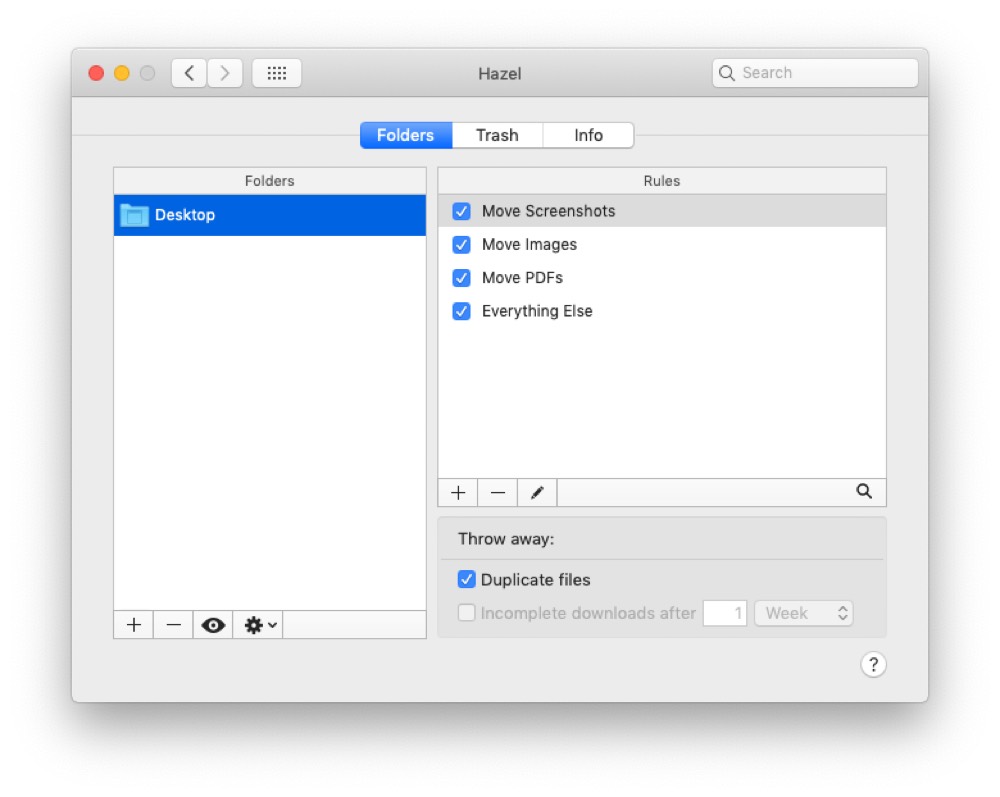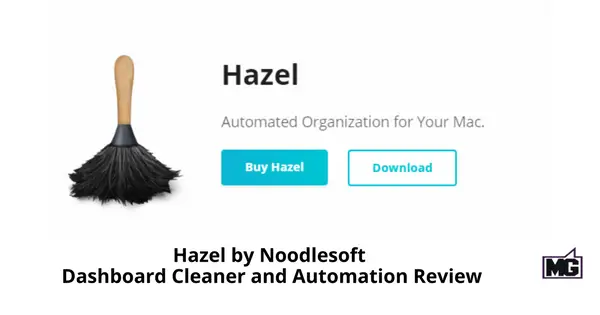
Hazel has become the backbone that provides stability to my trusted system: I have so many automated processes ranging from managing my monthly utility bills to just doing general cleanup that I could not easily accomplish without it. For my own personal workflow I have relied on Hazel for quite some time now (our own Federico Viticci previously wrote about it here). What I have come to realize is – productivity is about having tools that you can trust and rely on to provide stability in times of hectic disarray.
#HOW TO REDOWNLOAD HAZEL NOODLESOFT MAC#
I know this is not a new problem, and a lot of my Mac nerd friends also fall victim to the “ tweak now and it will help me later” facade.

I spend a lot of time refining my workflows with the naive intention of heightening my productivity, but it always has an adverse effect. For example, you can use it with GoodReader and find the same documents on the Mac, in spite of the lack of a GoodReader app for Mac. But if all you want to do is backup iCloud files and be able to retrieve previous versions from Dropbox, it’s pretty simple to do.Īside from text files, the Mobile Documents folder used by iCloud can be configured on the Mac to do all sorts of crazy automated tasks when combined with the right apps. The bad news is that it’s a one-way sync from iCloud to Dropbox. The good news is that you can sync iCloud to Dropbox. Because a number of apps – text editors in particular – have started to offer a second option to sync documents with iCloud, and because iCloud, unlike Dropbox, doesn’t offer document versioning, finding a way to keep files in sync from iCloud to Dropbox might be a workflow worth considering. TJ Luoma at TUAW has written the post I was going to save for the weekend: a simple way to sync documents from iCloud to Dropbox using Hazel on the Mac (our review of Hazel 3.0). jpeg files, a format that should still be around for the foreseeable future.

Just as I do for text files - the words I write - I have chosen to store my photos - the things I experience - as. There won’t be anyone able to give me my memories back. If something - anything - happens to my photos, they’ll be gone forever. Decades from now, I’ll probably be able to find a 2Pac record somewhere online or in a record store (will those still exist?).

I have come to the conclusion that photos are irreplaceable. Do I want my photos to be stored inside someone else’s app? And if not, why not do the same for any other media I store on my computer? Should I also ditch Rdio and go back to neatly organized. This is something I have been thinking about for the past year. I have decided to move all my photos from iPhoto to Dropbox. And at the same time, I need to be able to access them now from any device I have without having to worry about sync, apps, formats, and corrupted entries.

jpeg files - to be photos, not a database. However, I realized that I don’t want to depend on iPhoto to store the photos that, twenty years from now, I’ll look back to as memories. The app’s interface sports Apple’s proverbial attention to polish and details, the Faces feature is nice, and I like the possibility to visualize photos on a map, just as I find Photo Stream very convenient for my blogging workflow.


 0 kommentar(er)
0 kommentar(er)
